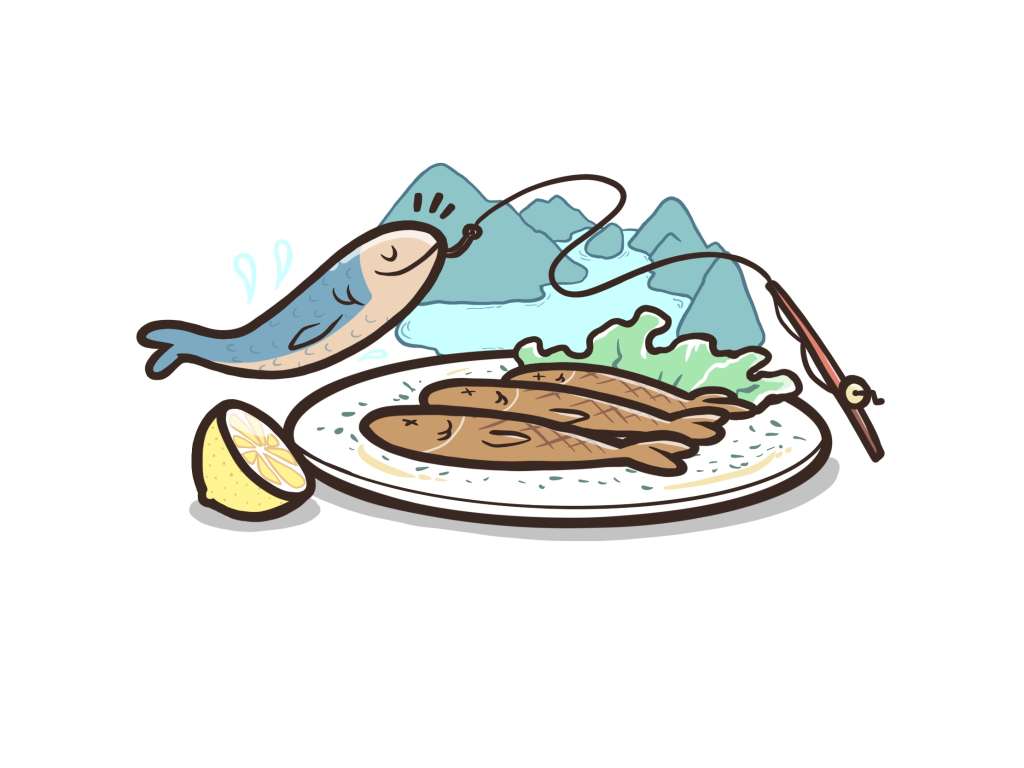Fish
SARDAS (AGONI)
Agoni are also called sardines, because of their shape, similar to sea sardines.


Fish
SARDAS (AGONI)
Agoni are also called sardines, because of their shape, similar to sea sardines.
The sardines of Lake Iseo are not real sardines, but a fish called agone. It is a lake fish, slightly larger than sea sardines, but very similar.
It is a sedentary fish which lives in big pre-alpine lakes, they have an elongated flat body and a greenish back with black spots, lighter belly and sides and a very short dorsal fin. The most common specimens reach a length of twenty centimetres.
In Montisola, the island in Lake Iseo, fishing, drying and the preservation of sardines is still a continued tradition.
HISTORY
The traditional fish preservation technique has its roots at the dawn of the year 1,000.
The testimonies are clear and written in the agreements between fishermen and monks.
The fishermen of the lake, mostly from Montisola, had the obligation to deliver a certain quantity of dried fish every year to the Monastery of Santa Giulia in Brescia, a building that still exists today, built in 753.
It is said that this technique was developed precisely for the Brescian monks, to preserve the sardines caught during the most productive period of the year for the longest possible time.
CHARACTERISTICS
Only sardines are selected to be dried. They are fished all year round, the peak season being from November to March.
At sunset, the fishermen put in their nets, called sardenere, and take them out at dawn.
The sardines are immediately gutted, washed and put into salt for about 48 hours; then they are washed again and left to dry on wooden racks in shaded and ventilated places.
The sardines are then placed in circular containers and pressed for about four days, to drain the fat and finally they are covered in oil and left to rest for about four months. The maturation in oil continues for another twelve months, in smaller containers.
At this point the sardines turn golden and can be eaten after cooking them for a few minutes. They are then seasoned with oil, parsley and garlic and served with polenta: the most traditional dish of the lake, with an intense and particular flavour.
SEASONALITY
In the past, ash or hornbeam branches were used to dry the sardines. The branches were bent into an arch, in the local dialect archècc, held in position by taut threads, and the sardines were inserted, one by one. Sometimes the archècc were placed directly onto the boats of the fishermen.
Today, this ancient drying and preservation technique is a Slow Food Presidium.




